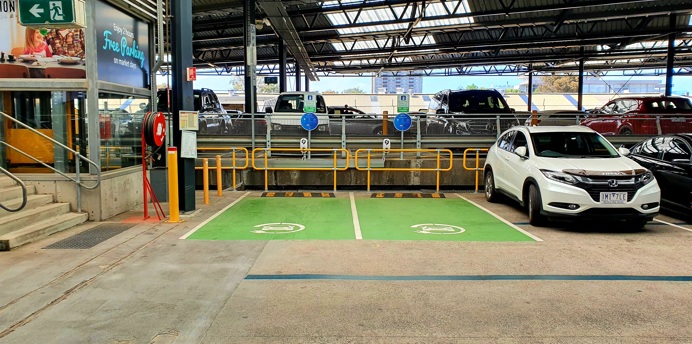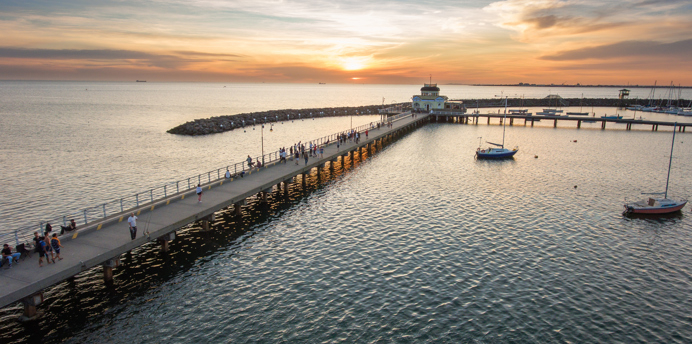Move, Connect, Live: Integrated Transport Strategy
City of Port Phillip's Integrated Transport Strategy provides strategic direction to support a well-connected transportation future for our city.
Council completed a mid-cycle review of the Integrated Transport Strategy in 2024.
View the Move, Connect, Live: Integrated Transport Strategy 2018-2028
This 10-year strategy establishes a plan to connect people travelling in and around Port Phillip, connecting people with places in a way that suits them as our city grows. The strategy seeks to deliver:
- A transport network, streets and places that cater for our growing community
- Safe, connected and convenient active transport choices
- Public transport choices that make it easy to move and connect
- Community understanding that parking is a limited and shared resource, and opportunities to work with Council to ensure fairest access
- New transport options and technology to move around
The challenge
The City of Port Phillip is growing. More and more we’re going to feel the effects of this growth on our streets. There will be increased competition for on-street car parking, public transport, and spaces for people to move around and socialise.
The strategy
We need to fit more people into the same amount of space without impacting the things we value most.
We want a city where residents, workers and visitors have lots of travel choices that support Melbourne’s much celebrated liveability, promotes people’s individual health and wellbeing, and contributes to the City’s economy.


